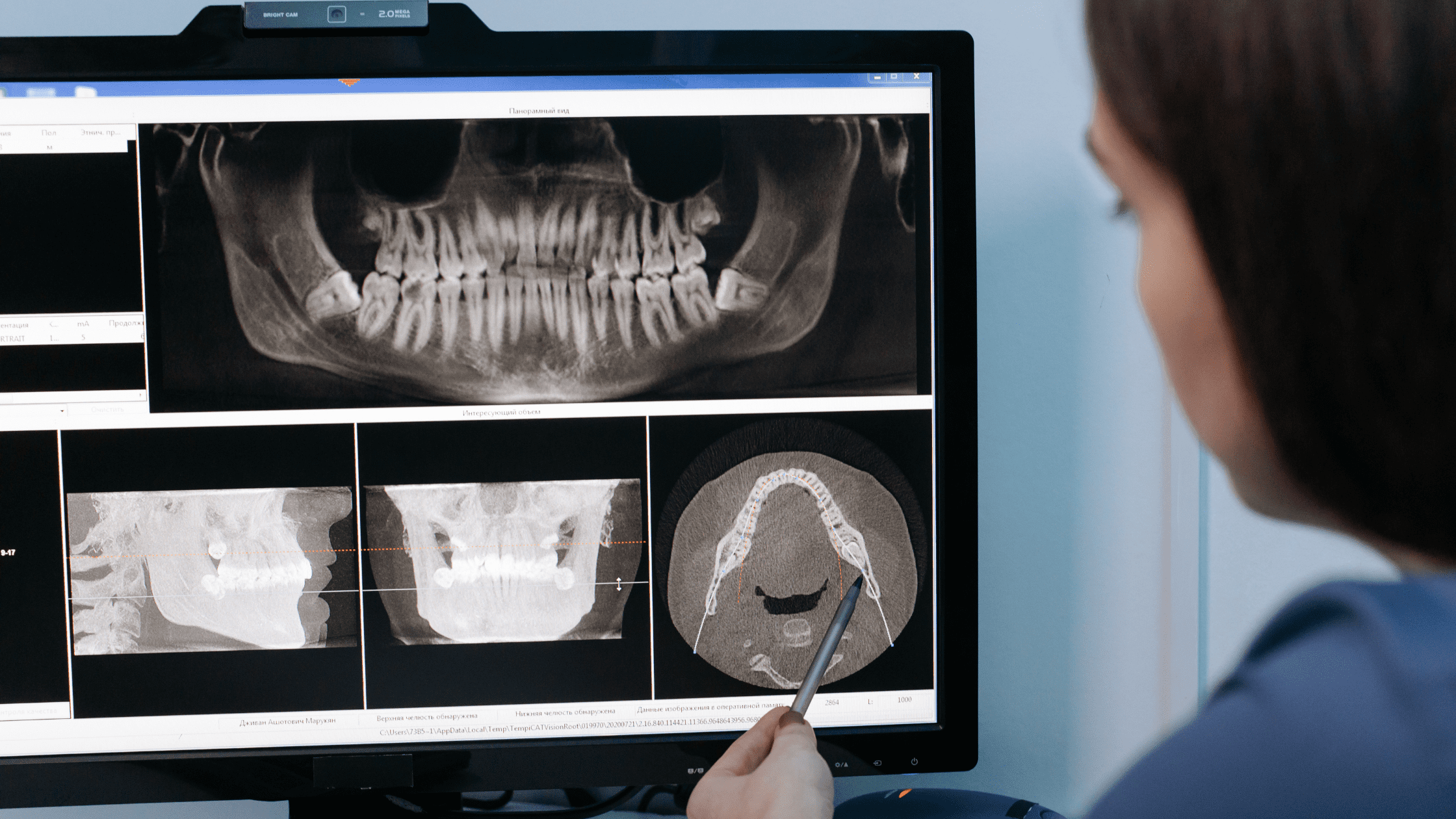When it comes to replacing missing teeth, dental implants are often described as the gold standard. Dr. Wheatley has placed countless implants over the years and giving people their smiles back. But what makes them so remarkable? Are they really the closest thing to natural teeth? The answer lies in the advanced science and meticulous design behind dental implants. Let’s take a closer look at how they work, why they function so seamlessly, and what makes them a lasting solution for tooth replacement.
The Evolution of the Dental Implant
Dental implants, as we know them today, were pioneered in the 1950s by Swedish orthopedic surgeon Dr. Per-Ingvar Brånemark. While the concept of replacing teeth with artificial structures has ancient roots, Brånemark’s discovery of osseointegration revolutionized the field.
- Ancient Origins:
Archaeological evidence shows that as far back as 600 AD, ancient Mayans and Egyptians experimented with tooth replacement using materials like shells, stones, and even animal bones. Remarkably, some of these materials fused with bone, hinting at early observations of what we now call osseointegration. - 1700s-1800s:
Early attempts at dental implants used materials like gold, silver, and ivory, but these efforts were largely unsuccessful due to poor biocompatibility and lack of understanding about bone healing. - 1952 – The Breakthrough of Osseointegration:
Dr. Brånemark accidentally discovered that titanium could fuse with living bone while conducting an unrelated experiment on bone healing and blood flow in rabbits. He found that the titanium devices he implanted were impossible to remove because they had integrated with the bone tissue. - 1965 – First Modern Dental Implant:
Dr. Brånemark placed the first titanium dental implant in a human patient, Gösta Larsson, who used it successfully for over 40 years. This marked the start of modern implantology. - 1980s – Dental Implants Gain Popularity:
With further advancements in materials, surgical techniques, and the development of standardized implant systems, dental implants became widely accepted as a reliable solution for tooth replacement.
Today, dental implants are one of the most successful medical procedures, with modern innovations continuously improving their functionality, aesthetics, and accessibility.
The Anatomy of a Dental Implant
A dental implant is composed of three main parts:
- The Implant Post: A small screw-like structure, typically made of titanium or a titanium alloy, that is surgically placed into the jawbone.
- The Abutment: A connector piece that attaches to the implant post and supports the crown.
- The Crown: The visible portion of the implant, custom-made to match the size, shape, and color of your natural teeth.
Together, these components replicate the entire structure of a natural tooth, from root to crown, offering unparalleled stability and functionality. Besides traditional dental implants with crown, you can even place implant-supported dentures. Learn more about Dental Implants at Tecumseh Ridge Dental, check out our patient guide.
Titanium: A Biocompatible Marvel
One of the key reasons dental implants mimic natural teeth so effectively is the use of titanium for the implant post. Titanium is not only incredibly strong but also biocompatible, meaning it is well-accepted by the human body. This biocompatibility allows the implant to integrate directly with the jawbone in a process called osseointegration.
During osseointegration, the titanium implant fuses with the surrounding bone tissue, creating a stable foundation for the replacement tooth. This integration is what gives implants their superior strength and stability, enabling them to function like natural teeth for chewing, speaking, and smiling.
Technology revolution
Modern technology has revolutionized dental implants by enhancing precision, efficiency, and patient outcomes. 3D imaging and digital planning tools allow dentists to map the jawbone in detail, ensuring precise implant placement and reducing risks. Computer-aided design (CAD) and manufacturing (CAM) enable the creation of custom crowns that fit perfectly and look natural. Guided surgery techniques use digital templates for accurate, minimally invasive procedures, leading to faster recovery times.
Additionally, advancements in biomaterials have improved implant durability and biocompatibility, while innovations like zirconia implants offer metal-free options. These technologies have made dental implants more predictable, comfortable, and aesthetically pleasing than ever before.
How Dental Implants Resemble Natural Teeth
- Structural Integrity: Unlike dentures or bridges, implants replace the root of the tooth, not just the crown. This root-like structure ensures they are anchored securely and prevents the slipping or shifting that can occur with other options.
- Functionality: Because they are rooted in the jawbone, implants provide the same biting force as natural teeth, allowing you to enjoy all your favorite foods without restriction.
- Aesthetic Appeal: Modern dental implants are designed to look indistinguishable from natural teeth. Dentists work with skilled lab technicians to create crowns that match the shape, size, and color of your existing teeth for a seamless appearance.
The Long-Term Solution
Dental implants are designed to last a lifetime with proper care. Unlike dentures, which may need frequent adjustments, or bridges, which rely on neighboring teeth for support, implants stand independently and are highly durable. Studies show success rates of over 95% for dental implants, making them a reliable and long-term solution for tooth replacement.
Implants also help preserve your jawbone. When a tooth is lost, the bone beneath it can begin to deteriorate over time. Dental implants stimulate the jawbone, much like natural tooth roots, preventing bone loss and maintaining facial structure.
Why Dental Implants Are Worth It
Dental implants represent a fusion of cutting-edge science and precision craftsmanship, providing a replacement option that looks, feels, and functions like the real thing. Whether you’re replacing a single tooth, several teeth, or an entire arch with implant-supported dentures, you’re investing in a solution that prioritizes both form and function.
If you’re considering dental implants, it’s important to consult with an experienced dental professional to determine whether they’re the right fit for your needs. At Tecumseh Ridge Dental, we’re here to guide you through every step of the process and help you reclaim the confident, natural smile you deserve.
Call us today to learn more about dental implants at Tecumseh Ridge Dental in Norman and schedule your consultation at 405-857-6453.



